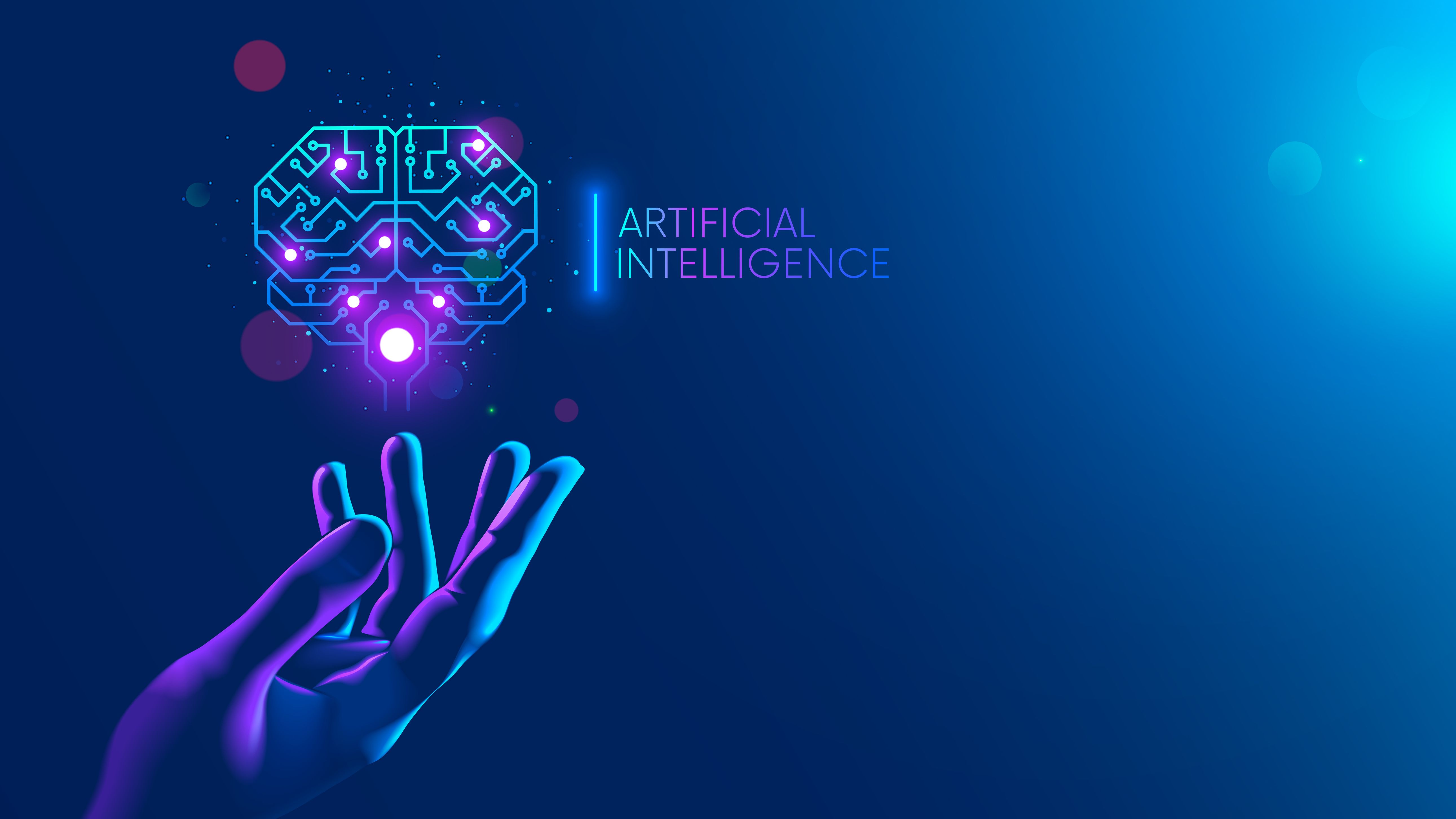Bringing AI Out of the Shadows and into the Physical World of Drug Development
While many groups rely on manual chemistry processes, innovative platforms have emerged that allow these protocols to be executed on custom automation systems.
Image credit: AndSus | stock.adobe.com.

Artificial intelligence (AI) has been secretly controlling our digital world for decades. It curates our online searches, understands our virtual friendships, and even suggests our next binge-watch on Netflix. Now, with advanced generative AI tools, such as ChatGPT, these systems are stepping into the limelight, revolutionizing the way we create content for work and fun.
Remarkably, AI is not only serving as a valuable analytical tool but also showcasing its ability to generate novel content, spanning text, images, and video. While the produced output may not be flawless, it nonetheless provides valuable starting points for content creation. Although these advancements are exciting, we're merely scratching the surface of AI's potential. The true AI renaissance awaits as it transitions from the digital world to the physical world.
AI in the Physical World
Self-driving cars epitomize some of the most advanced types of AI systems out in the physical world and have the potential to profoundly change how we live; however, they also encapsulate the multifaceted challenges AI faces in real-world scenarios. If only self-driving cars were on the streets, the technology would be relatively easy.
The hard part is navigating a complex mix of human drivers, unpredictable cyclists, and pedestrians who may decide to suddenly cross a street. In the physical world, there is no room for AI system errors from “bugs” or “hallucinations,” since minor mistakes could cost human lives.
The integration of AI into the tangible world presents both significant challenges and immense opportunities. One prime example is the creation of novel pharmaceuticals for diseases we once thought were untreatable.
Bridging the Gap Between AI and New Medicine
The AI tools for discovering new drugs have matured tremendously over the past ten years, including the development of generative AI systems that can propose entirely novel molecular structures, that have probably never existed on earth, and could potentially be cures for devastating diseases. However, two primary issues have caused a gap between AI’s potential and its full utilization in drug creation:
1. The digital molecular structures can't be directly administered to patients, not even to mice.
2. The initial designs are often imperfect, needing multiple iterations for refinement.
Platforms that seamlessly merge the digital and physical domains of small-molecule drug discovery can bridge this gap, promising faster and more cost-effective medicine development.
AI’s Role in Synthesizing Compounds
In the past, converting an AI-designed compound into a tangible one in a lab was a long process, often spanning months to even years. Now, advanced AI tools offer direct pathways to create synthetic protocols. Yet, these protocols still require lab execution.
While many groups rely on manual chemistry processes, innovative platforms have emerged that allow these protocols to be executed on custom automation systems, and then use the results to inform the next steps. Although human oversight, critical decision-making, and safety verifications remain essential, the evolving data brings us closer to the vision of a “self-driving laboratory.”
The second hurdle in using AI for drug development is that the initial molecular structure it suggests often isn't immediately viable as a safe and effective medication. It's similar to how ChatGPT operates; the output might be intriguing, but typically needs refining. In the realm of medicinal chemistry, there's a lack of comprehensive data to flawlessly design a drug with all the desired attributes. Recognizing this, it’s important to link AI blueprints with real-world data collection, establishing a seamless loop between the digital to physical data divide.
Challenges Integrating AI into the Physical World
Integrating AI into the physical world remains a formidable challenge, one marked by significant differences when compared to the digital domain. These disparities are particularly evident in the potential consequences of errors, similar to the stakes associated with self-driving cars.
Given the potential hazards present within a chemistry lab, relying on AI for independent operation without supervision remains a risky endeavor. These challenges are addressed by maintaining chemists in a leading role, while AI-designed operations are executed, allowing for continuous learning and adaptation.
Furthermore, the unpredictable nature of chemical interactions and material compatibility exacerbate this challenge. Drug synthesis often involves a vast array of potential chemical components—numbering in the millions—and our ability to predict their solubility, miscibility, or reactions remains challenging.
In addition to these hurdles, establishing resilience within AI systems is pivotal. In drug discovery, it's commonplace for experiments to produce unexpected results. Achieving the resilience and adaptability of a seasoned human chemist in AI systems remains aspirational.
The Promise of AI-Physical World Integration
Scientists working to connect AI to the physical world are poised to transform the world far beyond the capabilities of purely digital tools. While several formidable challenges remain, the remarkable strides seen with the use of the current human-AI hybrid tools are already showing how the drug discovery process can be accelerated.
With the continuous influx of data, coupled with the evolution of laboratory tools, it is increasingly evident that AI's most profound impact may lie in its potential to revolutionize the landscape of human health.
About the Author
Peter Madrid, co-founder and head of Scientific Development at Synfini.
Beyond the Molecule: How Human-Centered Design Unlocks AI's Promise in Pharma
June 23rd 2025How human-centered AI that is focused on customer, user, and employee experience can drive real transformation in clinical trials and beyond by aligning intelligent technologies with the people who use them.
‘Hypothesis-Free’: Getting Proactive About Signal Detection
December 5th 2023Elizabeth Smalley, director of product management, data, and analytics at ArisGlobal speaks about her work at the software company in supporting the efforts of life sciences clinical and pharmacovigilance teams in signal detection.